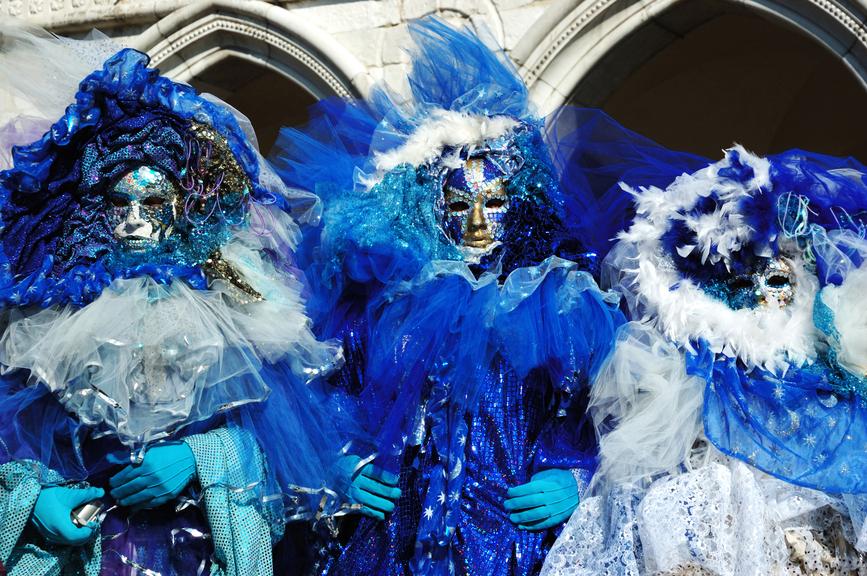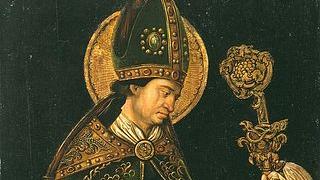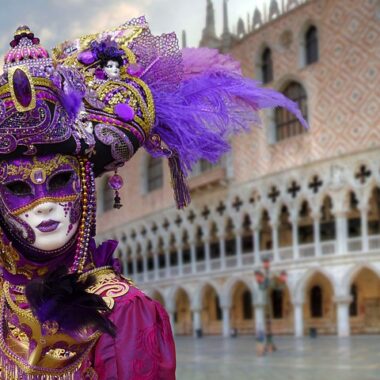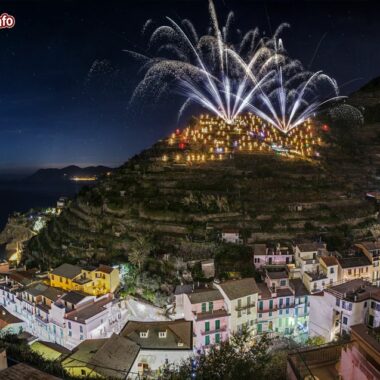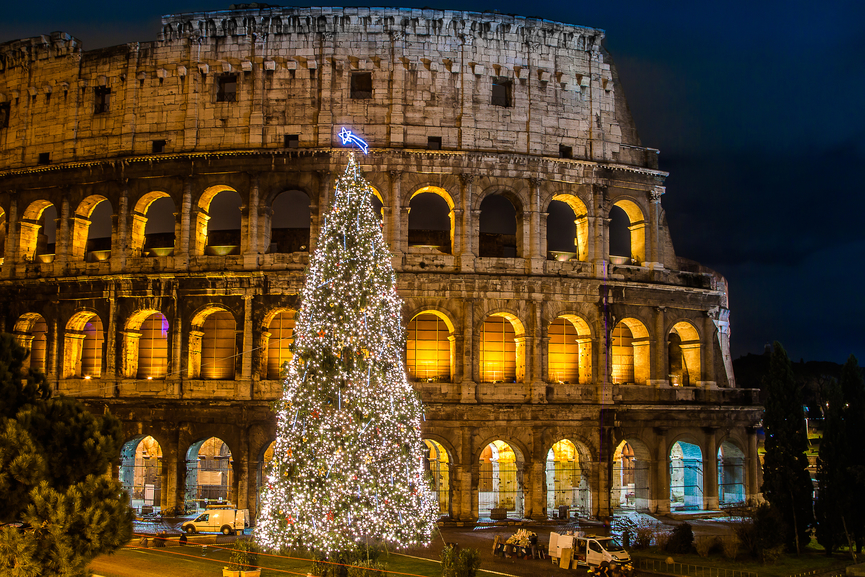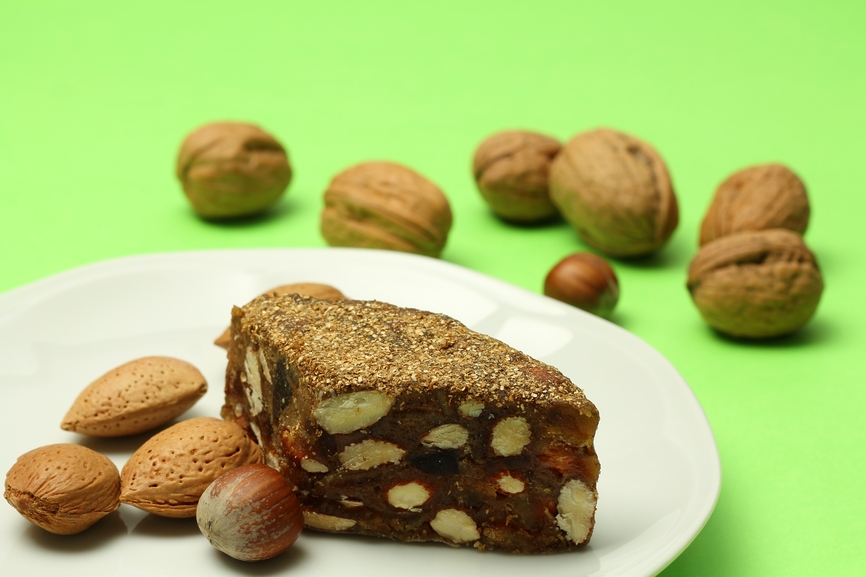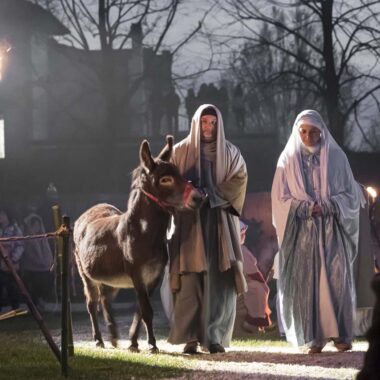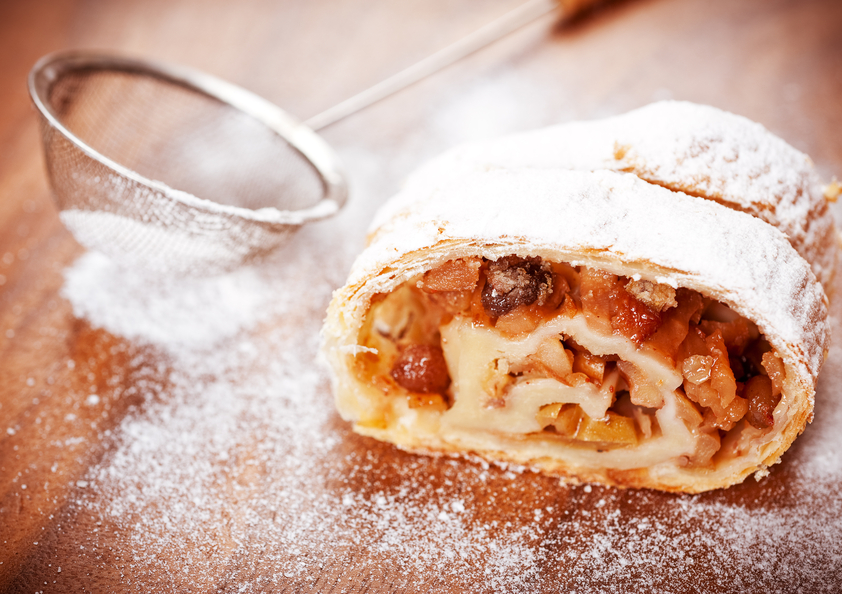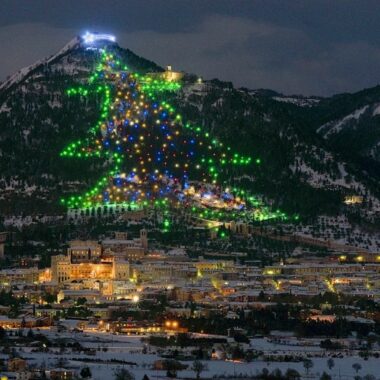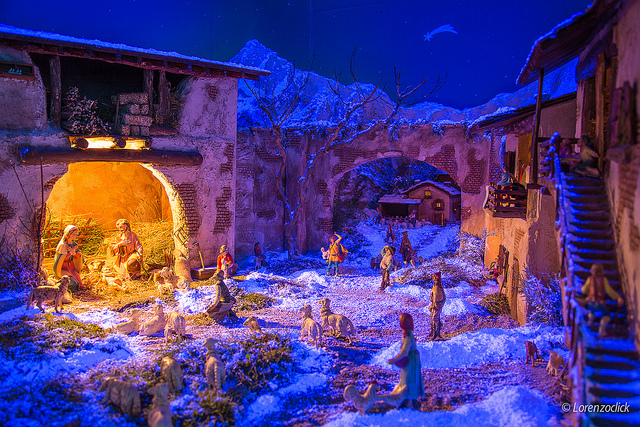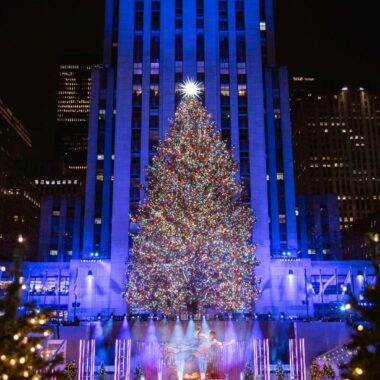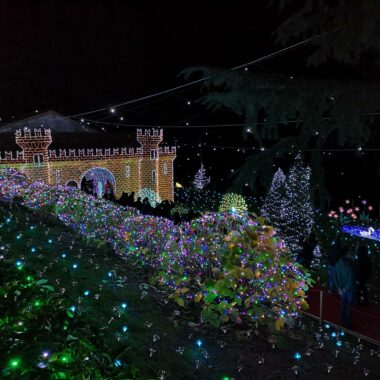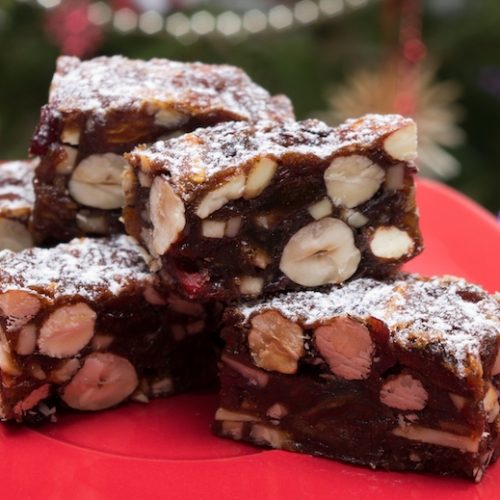The Carnival in Italy is much more than it may seem at first glance, extending beyond the fame of the Venice Carnival. There is much more to discover. Amidst parades and entertainment, these festivities are deeply rooted in the history and passion of various regions of the country. Let’s explore some of the most iconic carnivals, often overshadowed by Venetian fame but equally rich in tradition and passion.
Carnival of Ivrea: A Battle of Oranges and Freedom
The small town has proudly held a spot on the UNESCO World Heritage List since 2018. But there’s more: Ivrea hosts a yearly reenactment of a medieval battle with oranges during the carnival festivities. It’s a unique and highly symbolic event spanning three days, strongly embraced by the citizens as tradition dictates.
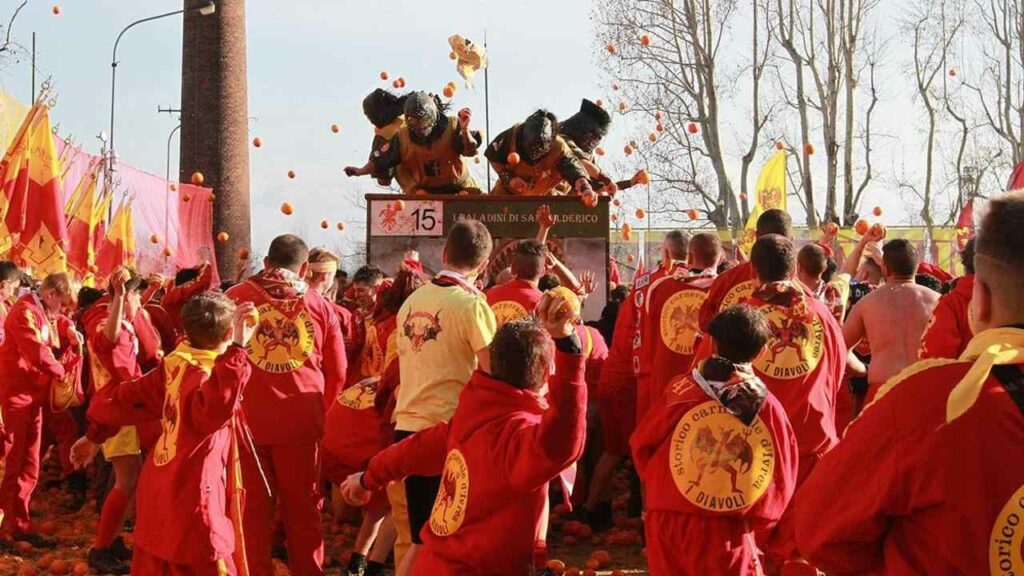
The revolt with oranges recalls the rebellion of the young Violetta, who in medieval times opposed the sorrowful ius primae noctis. While some sources suggest this right might be a fantasy, the heroic act remains at the core of Ivrea’s popular tradition, rich with liberating significance. The charming miller’s daughter, as tradition calls her, stands as a defender of virtue against a tyrannical regime that oppressed the people. For this reason, she is still remembered with great sentiment today.
During the reenactment, all citizens, and participants are encouraged to take to the streets wearing the Berretto Frigio, a stocking-shaped hat that symbolizes the values of freedom inspired by the French Revolution.
Carnival of Fano
In Fano (Marche), one of the oldest carnivals unfolds, dating back to 1347. Ancient traditions echo essential pieces of history. The iconic Malatesta family, originating from Montefeltro and considered one of the most important and influential families of the Middle Ages, significantly contributed to the rapid spread of this celebration throughout present-day Italy.
Symbolism is paramount here; allegory and satire form the backbone of the representations during the parades, touching on often-debated topics like politics or social crises.
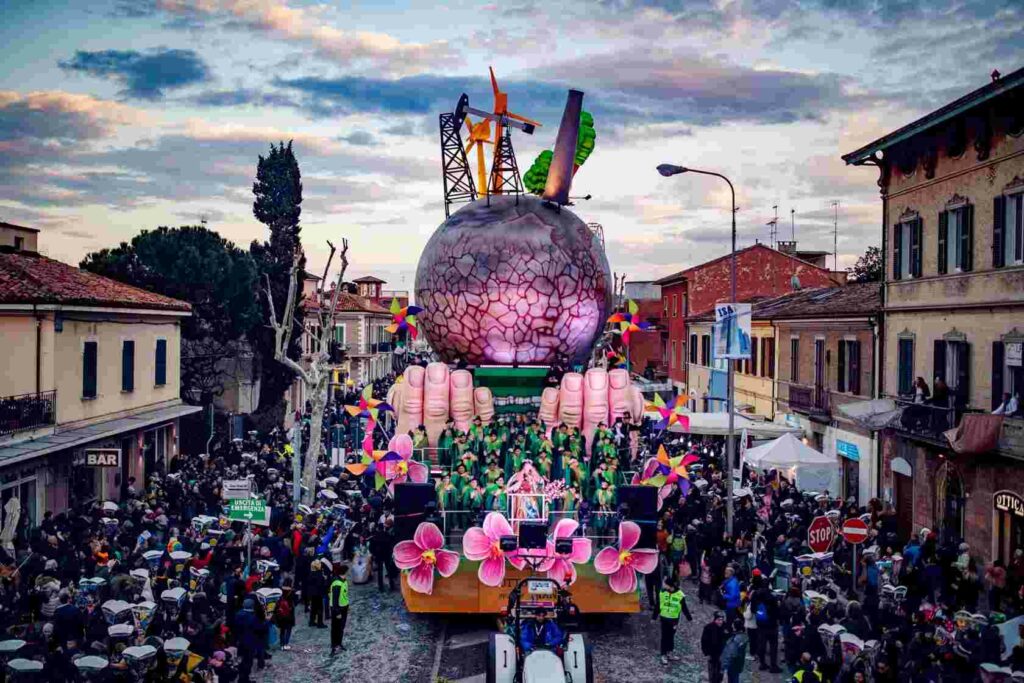
During the three Sundays of festivities, the floats parade along Viale Gramsci, showering the crowd with sweets. Folkloric processions invite participants to dance and revel in the festive music.
Characteristic is the Musica Arabita (angry music in the Fano dialect). This quirky and, for some, annoying music is steeped in history. In the late 19th century, economic conditions divided the town between nobles enjoying days filled with refined music played on instruments like violins and pianos, and poor artisans creating makeshift percussion from glass bottles and umbrellas. Musica Arabita recalls the popular music of that time, where the less fortunate played with what they had, enjoying the percussion that the nobility scorned.
Carnival of Ronciglione
The small town in the Lazio hinterland has a story to tell. The local Carnival’s roots likely trace back to 1570, notably featuring the Corsa dei Barberi, horse races without riders. This tradition was actually borrowed from the Roman Carnival; during the pontificate of Pope Paul II (1464-1471), the race started from Piazza del Popolo and ended at Piazza Venezia.
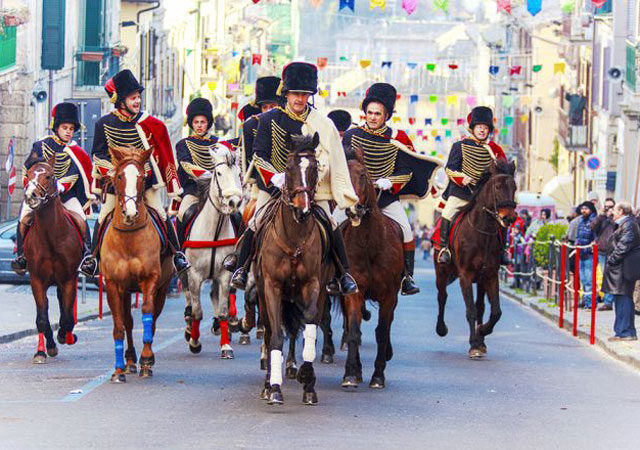
Returning to Ronciglione, what is now better known is the romantic legend of the Cavalcata degli Ussari. According to the tale, a French hussar captain, arriving with his army in Ronciglione to defend the Papal State in 1866, fell in love with a local lady. To impress her, tradition states that he paraded in front of her multiple times during the carnival, leading his troop of soldiers, giving rise to what is still known today as the Cavalcata degli Ussari.
Today, the most anticipated moment remains the reenactment of the French soldier’s ride to declare his feelings to his beloved.
Carnival of Viareggio
When the residents of Viareggio think of Carnival, one thing comes to mind: colossal structures made of papier-mâché. Yes, every place has its customs, and Tuscans certainly don’t disappoint as February approaches. An extravagant and difficult-to-imagine tradition unfolds here. Often, the parades feature floats depicting various scenes, from sacred to profane, and from comical to historical. No float can surpass the allegory and exaggeration of those in Viareggio; master artisans craft floats that can reach a staggering 20 meters in height, creating a visually impactful spectacle. It is a feast for the eyes, but beware, seeing them live, they seem like they could topple over at any moment due to their boasting.
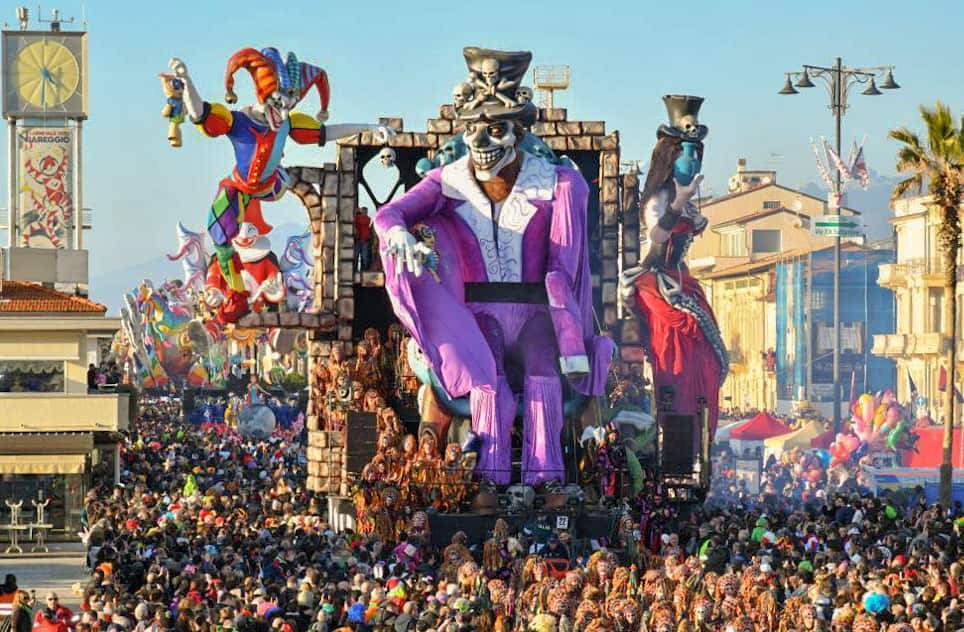
The message is clear: showcase the creativity of artisans and artists, providing the audience with an unforgettable spectacle. At the event’s conclusion, a jury also ranks the most beautiful float.
Embracing the super-green philosophy and sustainability of the city of Viareggio, crafting the characters of the floats might seem seemingly straightforward. Clay models, plaster molds, and newspaper are sufficient, coupled with a tremendous amount of skill typical of the local artisans.
Often, the proposed themes are approached with a spirit and touch described as a bit bold, but that, too, can be the beauty of the festival: seeing things from a different perspective.
It is always fascinating and a great source of reflection to evoke ancient traditions of the past and feel closer to the emotions of our predecessors. We must admit, Italy excels at doing this exceptionally well.
Featured Image Credit




